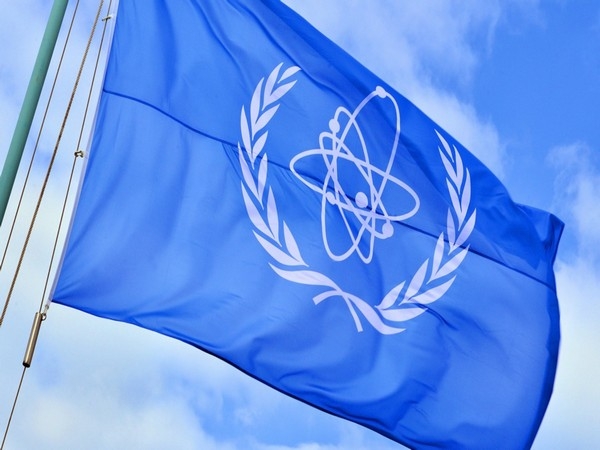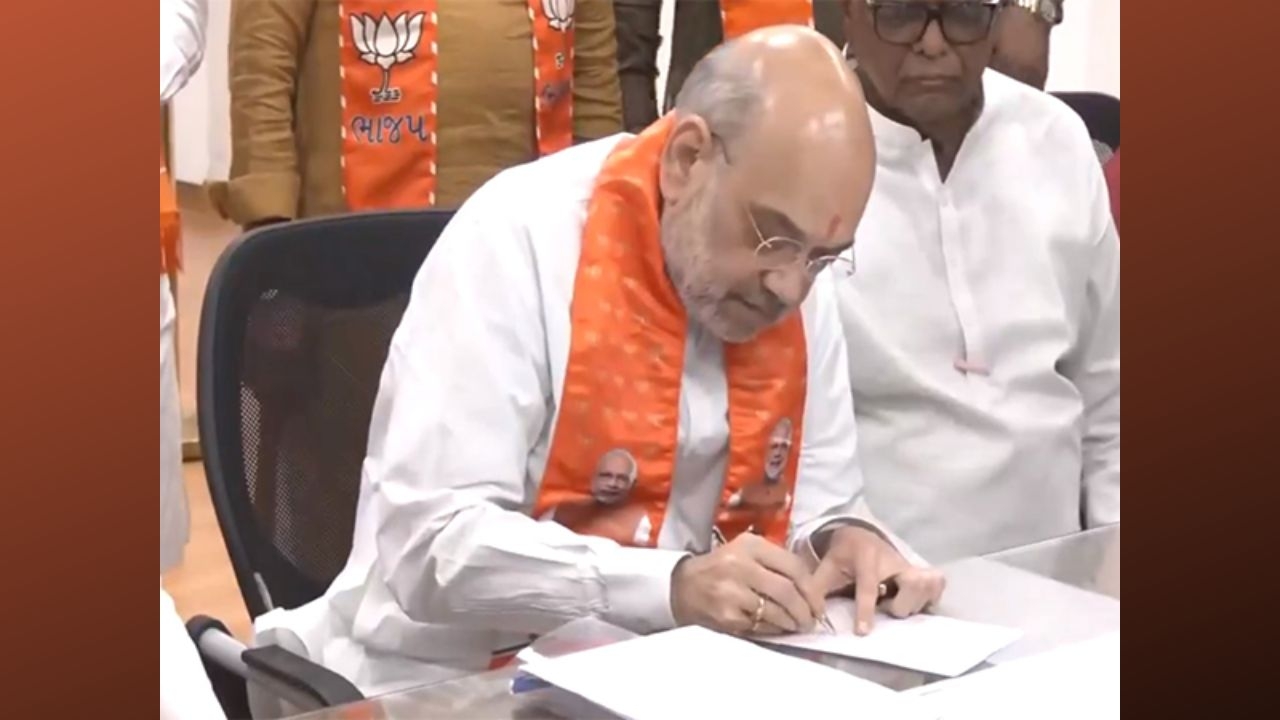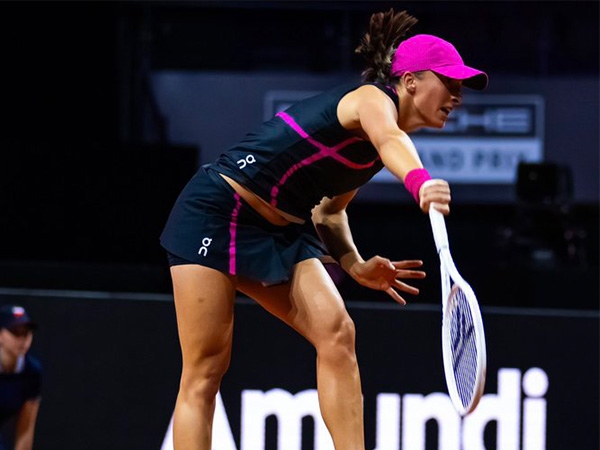The real story in Gurdaspur bypoll: 38% Akali voters didn’t vote for BJP
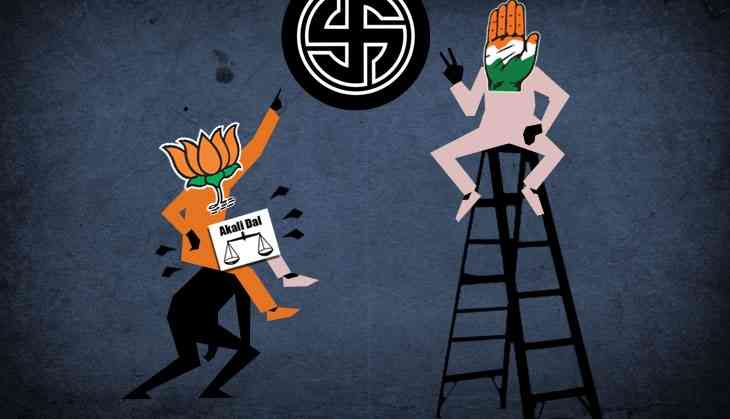
The victory of Congress candidate Sunil Kumar Jakhar in the Gurdaspur bypoll with a huge margin of 1.93 lakh, the highest ever from the seat, is significant in several ways. There are three most obvious aspects of the victory:
First, it is a comeback for Jakhar, the current chief of the Punjab Pradesh Congress Committee and a former Leader of the Opposition in the State, as he had lost two successive elections in a row: the 2014 Lok Sabha elections from Firozpur and the Vidhan Sabha elections earlier this year from Abohar. The victory is all the more creditable as Jakhar has won despite being an outsider. He hails from Abohar in the southern end of Punjab that borders Rajasthan, whereas Gurdaspur is the northernmost seat in the state and borders both Himachal Pradesh and Jammu and Kashmir.
Second, it shows that the Congress has consolidated its position since it came to power in Punjab after a gap of 10 years. Conversely, the Shiromani Akali Dal -BJP alliance appears to be in the doldrums. The bypoll was necessitated by the death of filmstar-turned-political Vinod Khanna who had won the seat four times. But the sympathy factor didn’t work for the BJP at all.
Third, it reflects the complete collapse of the Aam Aadmi Party (AAP) in the Majha region of Punjab. Its candidate Suresh Khajuria lost his deposit, garnering only 23,579 votes, a paltry 2.7% of the total votes cast.
Punjab chief minister Captain Amarinder Singh has hailed the victory as a sign of the Congress revival nationally, while his minister Navjot Singh Sidhu has called it a Diwali gift for party vice-president Rahul Gandhi.
But the most interesting aspect of the victory lies not in the Congress’ performance but in the performance of the BJP and its candidate Swaran Singh Salaria. Salaria got 3.06 lakh votes, that is a vote share of 35.7%. Jakhar got a little less than 5 lakh votes with a vote share of 58%. BJP can draw solace from the fact that it has managed to retain its vote share from the Assembly polls. In the nine seats that fall under the Gurdaspur Lok Sabha constituency, the SAD-BJP alliance’s total vote share was 36.8% in the Assembly elections earlier this year. On the surface, this seems innocuous. But if one examines the bypoll results according to Assembly segments, two clear trends emerge:
First, BJP did better in the four segments it had contested in the Assembly elections. The party’s vote share increased significantly in these seats since the Vidhan Sabha polls.
Second, BJP was decimated in the five seats its ally the SAD had contested in the Assembly polls earlier this year. It got far less votes, in absolute and percentage terms, than the Akali Dal had secured in these seats in the Assembly polls. This indicates that the Akali Dali, which has a strong grassroots level organisation across Punjab especially in rural areas and smaller towns, either did not pull its weight in the BJP’s campaign or it actively transferred its votes to the Congress candidate Jakhar.
Look at the change in vote share to understand NDA’s split performance
BJP seats: saffron party gains ground
First the seats in Gurdaspur the BJP had contested in the 2017 Assembly polls.
_85793.jpg)
In all these four seats, the BJP vote share saw a massive increase – over ten per cent in three out of the four seats – between the Assembly polls in February this year and the bypoll that was held eight months later.
Even in Sujanpur, which BJP won in the Assembly polls, the BJP’s vote share increased by 4%. However, the Congress’ vote share in Sujanpur doubled, mainly because it gained support from a significant chunk of voters who were with popular Independent candidate Naresh Puri and the Revolutionary Marxist Party of India in the Assembly polls. Puri and RMPOI had got 23% and 8% votes respectively in the Assembly polls.
In two other seats, the Congress vote share actually fell in the last eight months. In Bhoa, BJP gained from the fact that its candidate Swaran Singh Salaria hailed from Chohana village that falls in the seat.
Akali seats: BJP decimated
However, the story completely changes in the five seats in Gurdaspur the SAD had contested in the Assembly polls.
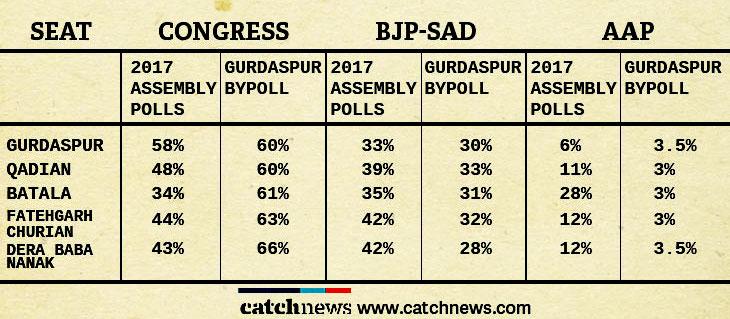
In Batala, a seat in which Akali Dal’s Lakhbir Singh Lodhinanagal defeated senior Congress leader Ashwani Sekhri in the Assembly polls, the Congress gained at the expense of AAP. In the Assembly polls, the then Punjab convenor of AAP Gurpreet ‘Ghuggi’ Warraich contested from the seat and got 28% votes, the party’s second best performance in the entire Majha region after Baba Bakala reserved seat in Amritsar district. In Dera Baba Nanak, the arrest of SAD leader Sucha Singh Langah on rape charges also went against the NDA.
But in all these seats, the Congress gained because of a significant shift of Akali voters.
It is clear that a significant proportion of people who had voted for the Akali Dal in the Assembly elections in February did not vote for the BJP eight months later. Either they voted for the Congress or did not vote at all.
This trend is particularly strong in two segments– Dera Baba Nanak and Fatehgarh Churian, in which the Congress vote share increased by 23% and 19% respectively. On the other hand, BJP got 14% and 10% less votes than the Akalis had in the Assembly polls in these two seats.
A back of the book calculation shows that 38% voters who had voted for the SAD in these 5 Assembly seats did not vote for the BJP in the bypoll. Since the fall in turnout in these seats was less than 20%, it can be estimated that nearly half of these deserting Akali voters went ahead and voted for the Congress.
Whether the Akali voters moved towards the Congress or merely chose not to vote, it is clear that the party did not work for its alliance partner BJP’s victory in the bypoll.
Did Sikh and Hindu voters vote differently?
Gurdaspur is one of the few Hindu-majority Lok Sabha seats in Punjab. All the three major parties put up Hindu candidates, unlike the 2014 Lok Sabha election in which both Congress and AAP put up Sikh candidates: Partap Singh Bajwa and Succha Singh Chhotepur respectively.
The four segments in which BJP did well in the Gurdaspur bypoll are all segments in which Hindus form over 80% of the population. Therefore the BJP can draw solace from the fact that some Hindu voters who may have voted against at the state level, voted in its favour at the Lok Sabha level. It indicates that at the national level, its core constituency may be intact.
The reverse is true of Sikh voters. This can be seen in Dera Baba Nanak which witnessed the maximum shift of Akali voters to the Congress. In Dera Baba Nanak tehsil, Hindus are just 12% of the population. Sikhs are 68% and the area also has a sizable Christian population (18%).
Is there a rift between SAD and BJP?
In the run-up to the Gurdaspur by-election, differences cropped up between the SAD and BJP on two issues. First was the National Highway Authority of India’s act of placing Hindi above Punjabi in signboards in Punjab. Language is an emotive issue in Punjab as it was formed as a result of the Akali-led Punjabi Suba movement of the 1950s that demanded the creation of a Punjabi-majority state. Any attempt to impose Hindi or undermine Punjabi language or Gurmukhi script has consistently been resisted.
The NHAI’s act was seen as an attempt by the BJP-ruled Centre to give primacy to Hindi over Punjabi. While the Akali Dal took on the NHAI on the issue, BJP remained silent and even belittled the Akalis’ concerns.
The second controversy arose after the BJP’s Sikh cell demanded that the Akalis provide the party representation in Gurdwara bodies, which the Akalis have near exclusive control over. This came on the heels of the RSS-affiliated Rashtriya Sikh Sangat demanding an audit of the Shiromani Gurdwara Prabhandak Committee funds, which wasn’t taken kindly by the Akalis who control the SGPC.
In both the NHAI controversy as well as the Gurdwara tussle, the BJP fell on the wrong side of issues that are integral to Sikh identity. This seems to have alienated Sikh voters, which has been made amply clear in the Gurdaspur results. More dangerously for the party, its alliance with SAD doesn’t seem to be working well on the ground.
First published: 16 October 2017, 14:34 IST


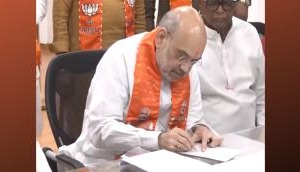
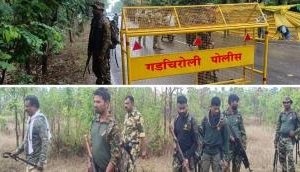

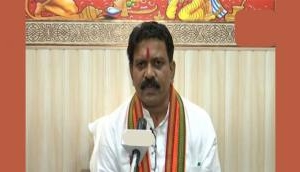
![BJP's Kapil Mishra recreates Shankar Mahadevan’s ‘Breathless’ song to highlight Delhi pollution [WATCH] BJP's Kapil Mishra recreates Shankar Mahadevan’s ‘Breathless’ song to highlight Delhi pollution [WATCH]](http://images.catchnews.com/upload/2022/11/03/kapil-mishra_240884_300x172.png)

![Anupam Kher shares pictures of his toned body on 67th birthday [MUST SEE] Anupam Kher shares pictures of his toned body on 67th birthday [MUST SEE]](http://images.catchnews.com/upload/2022/03/07/Anupam_kher_231145_300x172.jpg)



